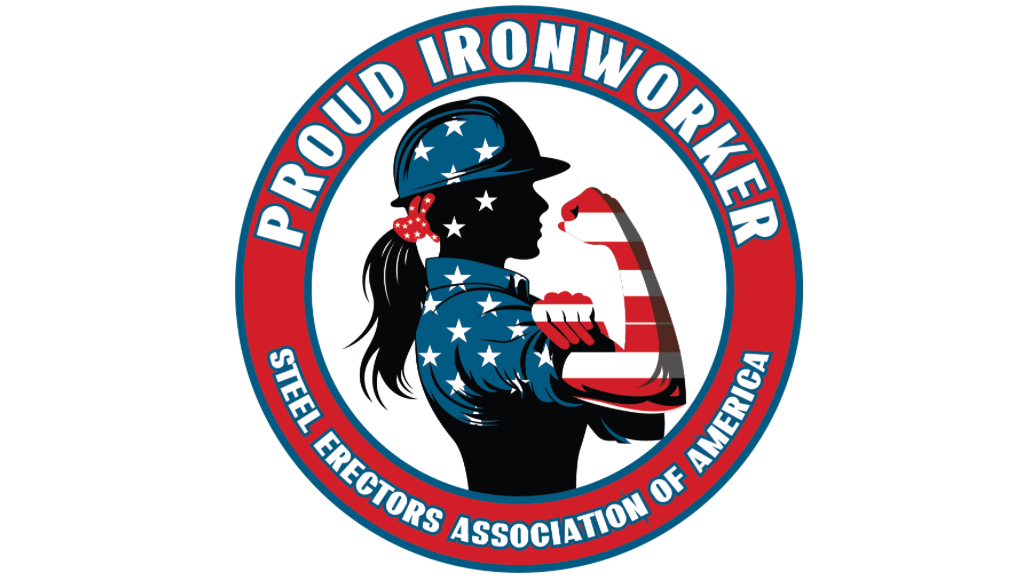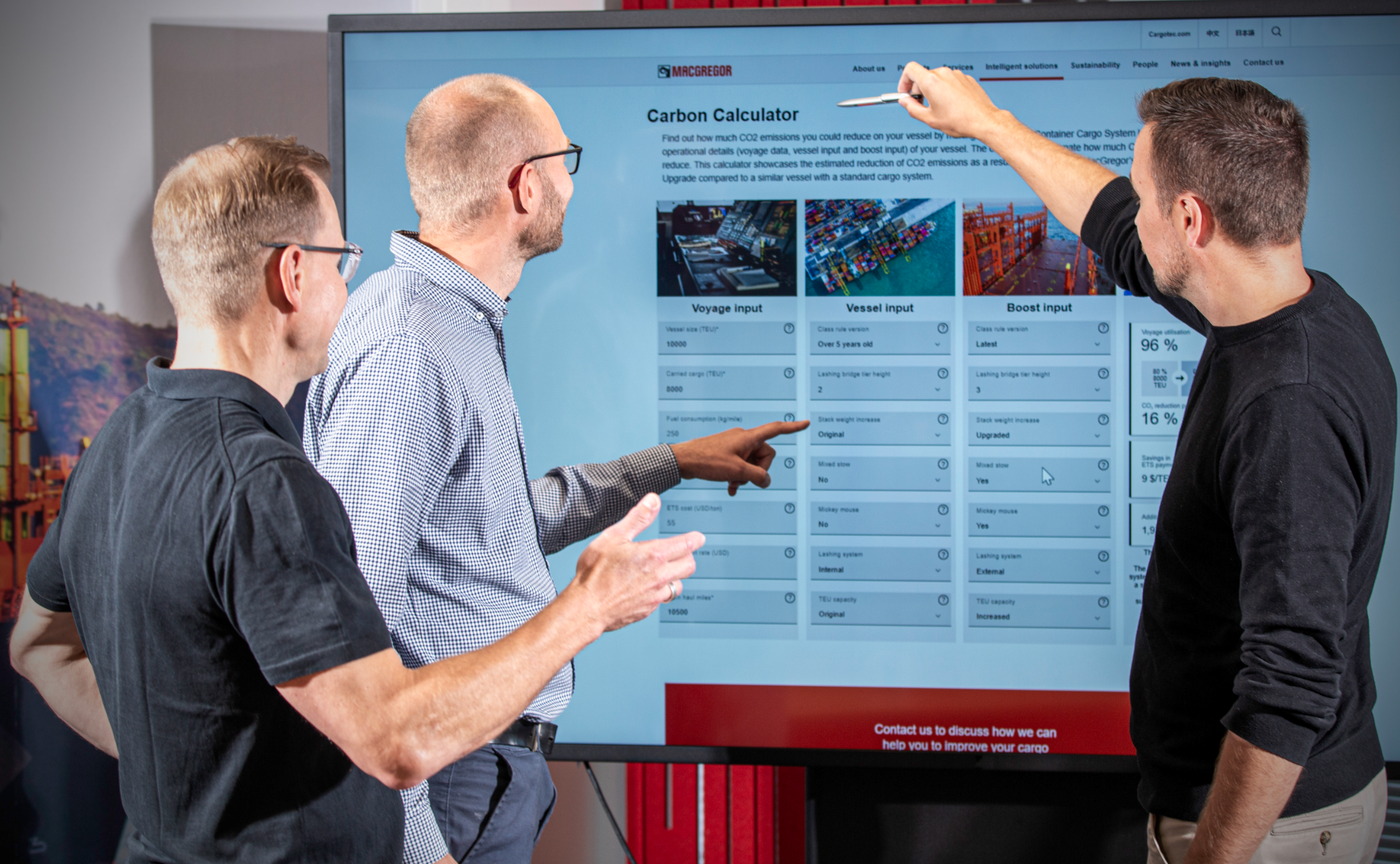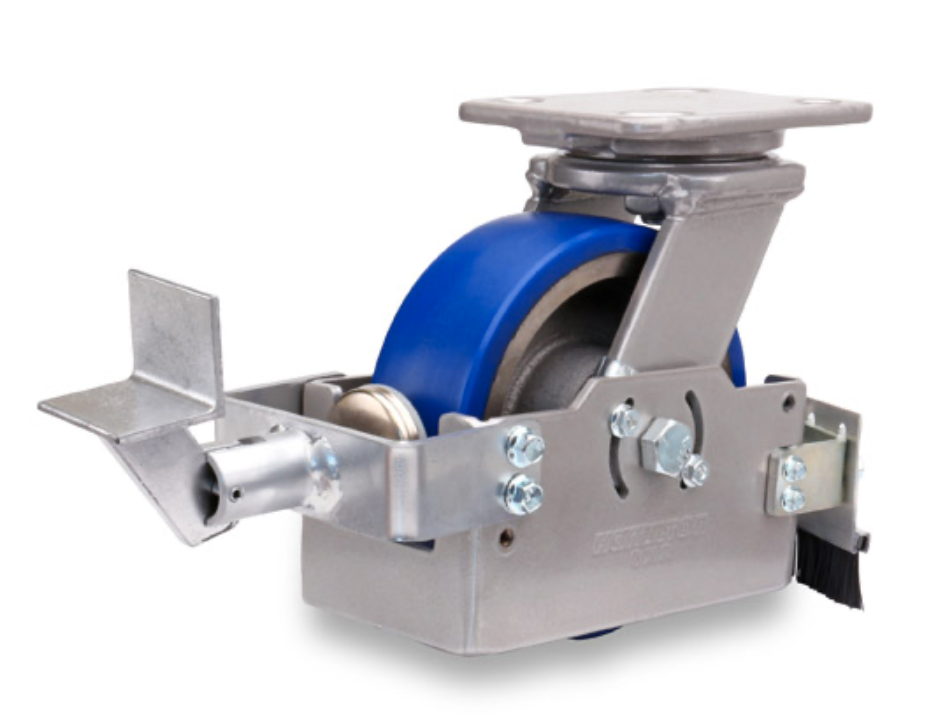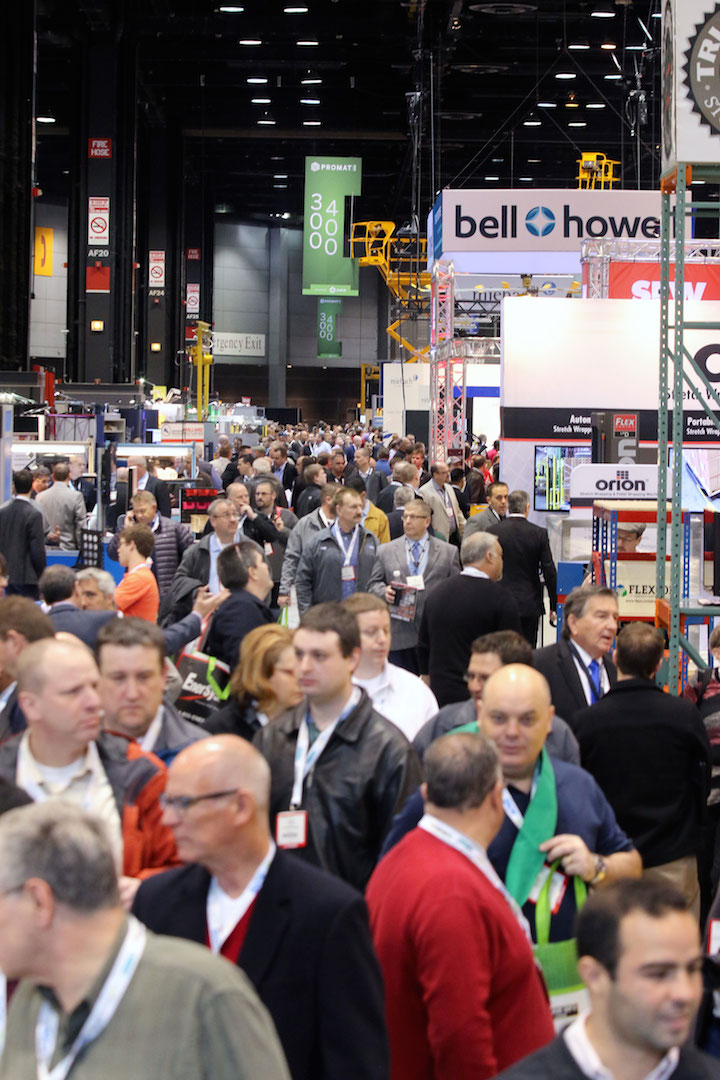End Users Put CMAA Crane Operator’s Manual Guidance Into Practice
Industry professionals using overhead cranes for material handling are continuing to use the Crane Operator’s Manual to support lifting operations. The manual is Specification No. 79 from the leading authority on overhead lifting equipment, Crane Manufacturers Association of America (CMAA).
The Crane Operator’s Manual, originally published in 2003 and revised four years ago, is the chosen resource by overhead crane operators throughout North America. CMAA is an independent incorporated trade association affiliated with the Material Handling Industry (MHI). Its specifications are available on its dedicated section of the MHI website.
Specification No. 79 is a booklet of recommendations prepared by CMAA’s Engineering Committee as a supplement to the original Crane Manufacturer’s Operation and Maintenance Manual with the intent to provide additional information for the operation of overhead and gantry cranes. The Crane Operator’s Manual is now available in either English or Spanish versions. As CMAA representatives frequently point out, operation of a crane involves more than operating the controls.
A spokesperson for CMAA said: “The operator must consider and anticipate the motions and actions that will occur as a result of operating the controls. Overhead cranes generally handle materials in proximity to working areas where there are personnel. Therefore, it is important for the crane operator to be instructed in the use of the crane and to understand the severe consequences from careless operation.”
The specification is divided into user-friendly sections, including Crane Operators, Crane Motions, Inspections and Handling the Load. The easy-to-navigate contents gives users the ability to find information provided by the industry’s leading crane engineers.
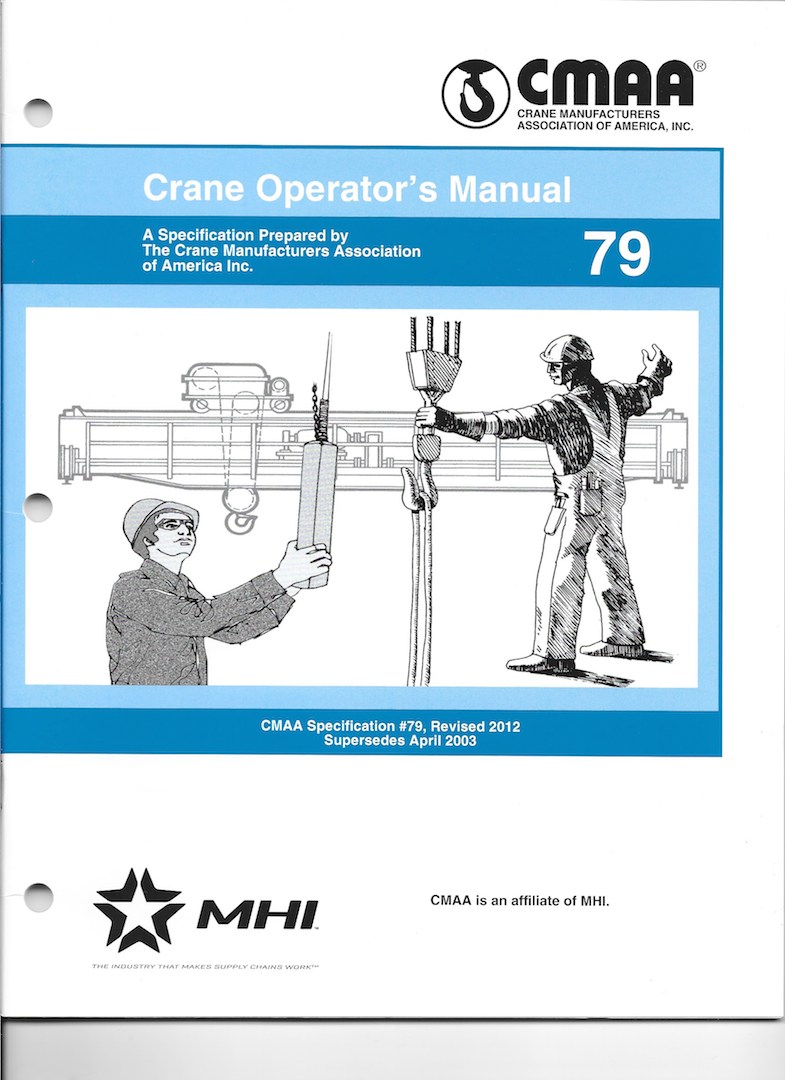
The Specification No. 79 front cover includes a title, an illustration of overhead crane operation plus CMAA and MHI logos.
The Crane Operators section includes illustrations and explanations of nine hand signals that might be given by a rigger, for example, to an operator in the cab or at the controls of an overhead crane. In the next section, called Crane Motions, a variety of subject matter is covered including custom cranes, controlling the load, crane brakes, hoist limit devices and more.
The CMAA spokesperson added: “Because the manufacturer of the crane has no direct involvement or control over the crane’s operation and application, conforming to good safety practices is the responsibility of the owner, the user and its operating personnel. The Crane Operator’s Manual is a go-to resource for personnel responsible for crane operation in the variety of end user sectors that employ overhead lifting technologies.”
Nowhere else can industry professionals using overhead cranes for material handling get access to such comprehensive data compiled by leading authorities and manufacturers. The spec is available in paper copy or downloadable PDF format and in either English or Spanish language versions.
For more information visit www.MHI.org/CMAA



